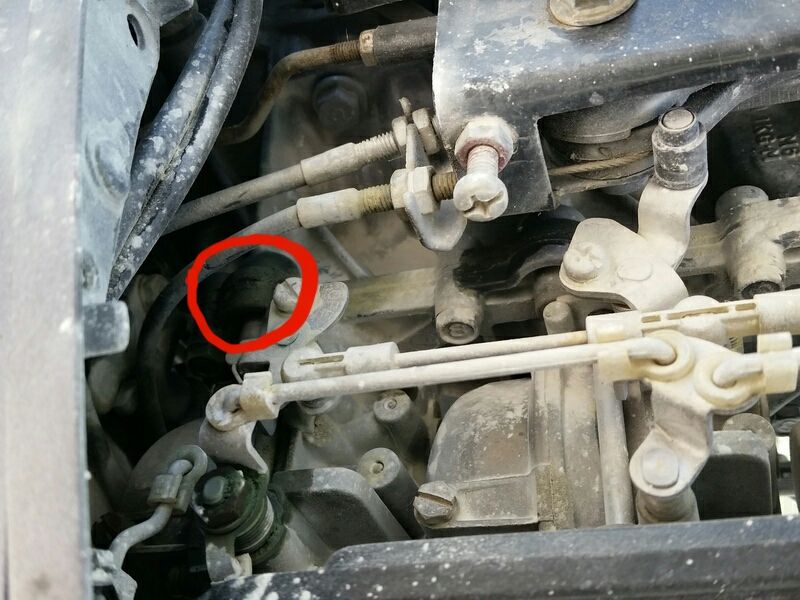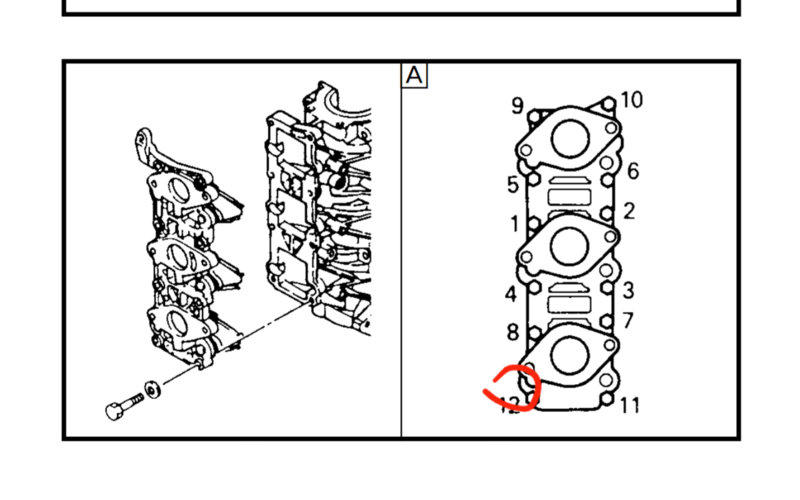Quote:
"Also noticed some arcing between the intake and crankcase but I don't think that has anything to do with my problem since I'm seeing good spark."
Where specifically?
You shouldn't be seeing ANY ARCING, PERIOD.
Can you take / post a pic pointing at where the arc is occurring?
If possible, run the engine in a DARK AREA(on muffs). Any arcing will be easier to see.
.
Your getting close...
Agreed, that isn't much leakage, but it is an air leak, leaning out that cylinder(bad).
"Also noticed some arcing between the intake and crankcase but I don't think that has anything to do with my problem since I'm seeing good spark."
Where specifically?
You shouldn't be seeing ANY ARCING, PERIOD.
Can you take / post a pic pointing at where the arc is occurring?
If possible, run the engine in a DARK AREA(on muffs). Any arcing will be easier to see.
.
Your getting close...
Agreed, that isn't much leakage, but it is an air leak, leaning out that cylinder(bad).






Comment